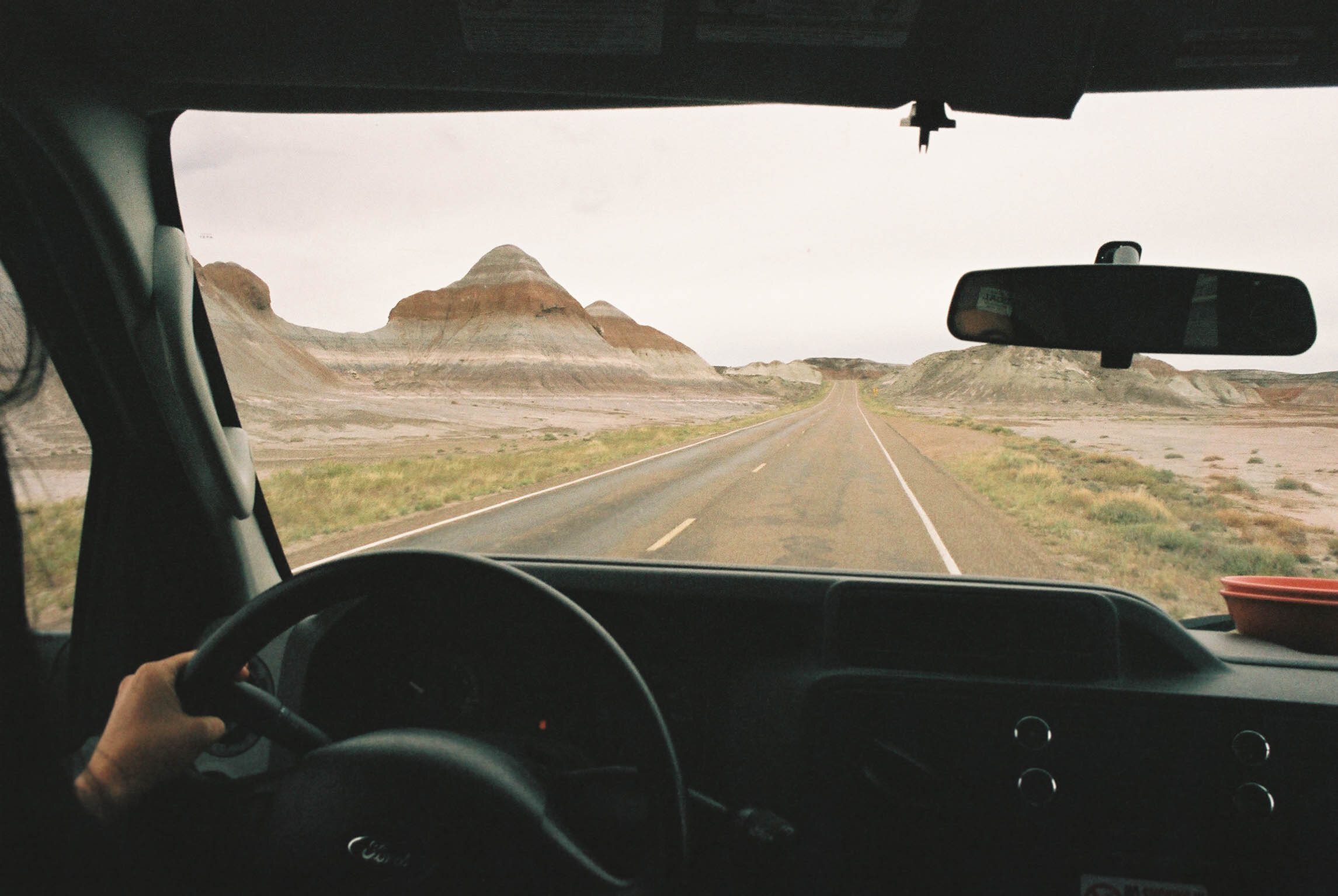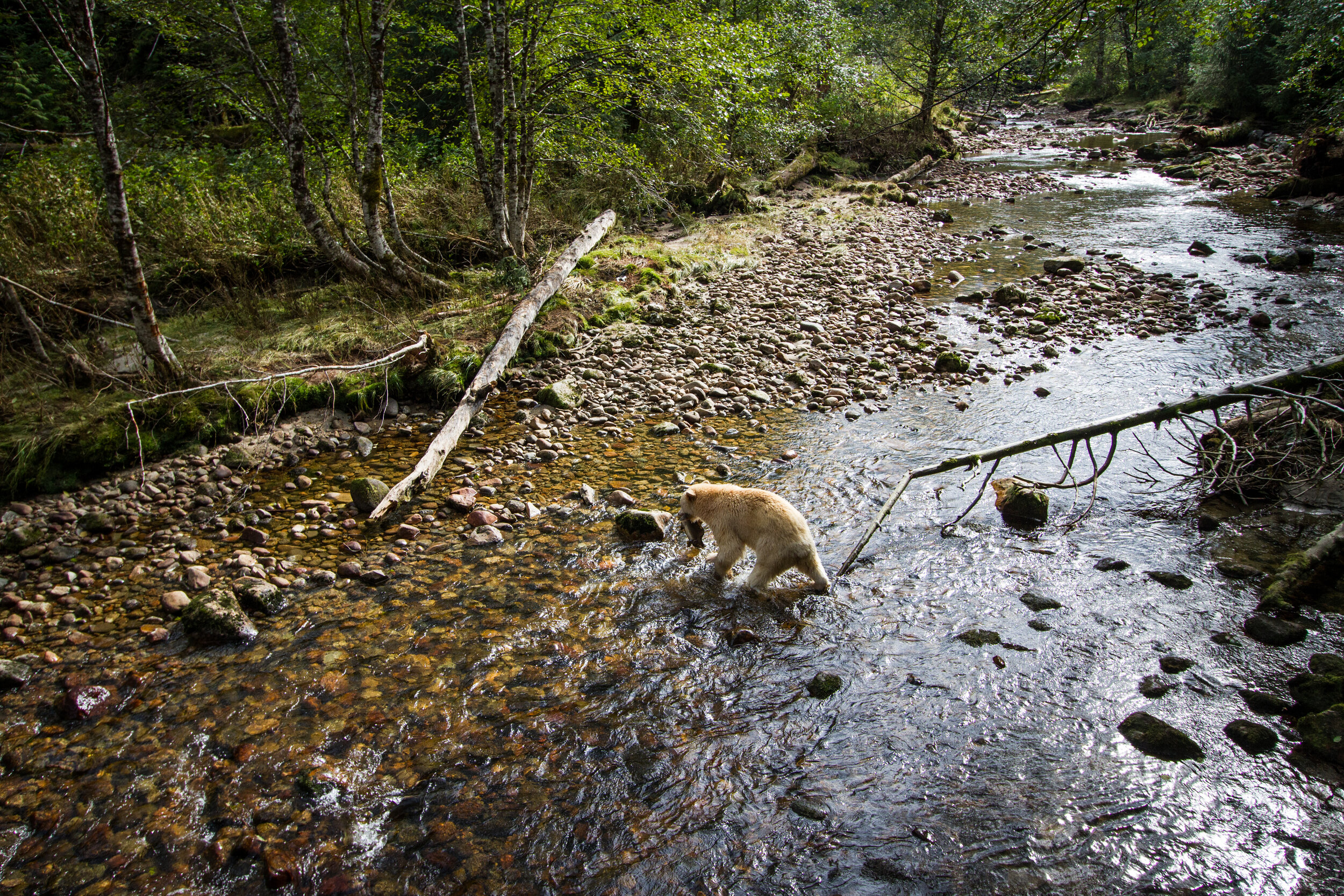Borneo, Not Bali
Stay Wild
Going Beyond the Reach of Bali’s Scooter-Choked Streets and Spiritual Journeymen.
Story by Madeline Weinfield // @madolionw
Like so many others before me, I came to Bali with a mind full of promises. I could almost smell the frangipani trees as I leap-frogged from New York to Tokyo to Jakarta and then by skipper plane to Bali. But upon landing in Bali—the first day of my three-week trip—I was diagnosed with pneumonia. I shivered while my boyfriend swam in an infinity pool perched high in the jungle before falling asleep for 48 hours in a cold, cave-like guest house, waking once to eat a plate of nasi goreng. Less Eat, Pray, Love, I was on the journey of Sleep, Medicate, Survive.
I tried to stay awake through an evening of mesmerizing gamelan music and traditional Balinese dance, ignoring a medicine-induced high and the relentless humidity. The Bali I had dreamt about was fuzzy, but not just from my sickness. Everywhere around me were party-ready people escaping their lives. Less spiritual retreat than high-octane party. Bali, with its over-developed, resort-heavy landscape was more like the Hamptons than the jungle, yet I had traveled so much further than three hours on the Long Island Rail Road to get here. Had I come around the world just to lie on a lumpy bed surrounded by holiday-mad Europeans, Australians, and worse, Americans?
We had already altered our trip significantly due to my health. The infamous sulfur-dense Mount Rinjani remained unclimbed, and exploring Bali’s more remote rice fields was tabled for another trip. I hardly felt like doing anything, but I couldn’t let Indonesia pass me by. With just a few days left, we boarded a flight to Kalimantan, the infamous island home of Borneo, with the intention of sleeping on a rickety boat and trekking through the jungle in search of the country’s most sought after residents: orangutans. Maybe the jungle air would cure me.
Beyond the reach of Bali’s scooter-choked streets and spiritual journeymen and women, and far outside the earthly calls of the Gili Islands and Lombok, everything started to look a little clearer. In Kalimantan, we were met by a small crew who would run the boat, cook our simple meals, and presumably prevent us from being bitten by deadly tarantulas. We sailed from Kumai, a village of tall concrete swallow coops that exist to feed China’s appetite for bird nest soup, into the heart of Borneo, a land existing precariously between the ravages of the world’s wants. Here the waterways are wide and polluted, the rainforest along the banks thin and sparse, the effects of human civilization clearly scarred into the banks.
Borneo is a vast and complex web of depleting tropical rainforest, ever-growing palm oil plantations, illegal logging, and gold mining operations. Yet Borneo is also home to Tanjung Puting National Park—and in it one of the most significant orangutan sanctuaries on earth. Despite the significant odds working against it, Tanjung Puting thrives because of Camp Leaky, a research site established in 1971 by a Dr. Biruté Galdikas who, after years of studying the orangutans, dedicated a base of study to provide a permanent place for scientists, staff, students, and park rangers to study these remarkable, endangered creatures. Despite the work of Galdikas and all who pass through Camp Leaky, the orangutan sanctuary tilts on the perilous edge of fragility. Tanjung Puting is a registered national park, yet over 65 percent of the jungle forest has been depleted, ripped out, and hauled away, a percentage that is likely to grow due to the almost nonexistent regulation of the government.
Our guide Jen Subaru is a legend on the water. He captains our small boat with authority, guides us through the jungle with expertise, and together with his brother uses whatever extra money he can to buy up the water-facing jungle in an effort to keep it standing for a few more years. For Jen and his fellow guides, this is their way of life, their livelihoods, their raison d’être. Many of the guides are ex-miners and former loggers, who, on the water, have found another life—a new life—and a new freedom. They casually go back and forth between English, Spanish, Italian, and French—the languages of their passengers—as well as the language of the rainforest, the most indecipherable of them all. They know the flap of the kingfisher, the swoosh of the swing of the gibbon monkey, the profile of each orangutan and their babies, and the call of the rare storm stork.
From the water the jungle bears the tell-tale sign of deforestation—it is strangely stunted and lets in the light of the rain-heavy sky. When we step off the boat to go into the forest, we find a largely unmarked jungle save for a few trails that the park rangers and scientists use to observe the orangutans. In an effort to keep the creatures fed and happy in the forest and to keep them from wandering outside their shrinking habitats, park rangers lay out huge swaths of bananas twice each day on feeding platforms in the forest. On a good day, when the forest is naturally full of vegetation, none of the orangutans might turn up, but in the dry season, they rely on it. But they’re there every day we are and it’s hard to imagine them ever thriving on their own. Feeding them is the only way to keep these creatures in the forest, the only way to ward against the risk of them wandering into a farmers field or gold miners land—a fate met more often than not with a single fatal shot.
In the jungle are some of the earth’s largest wild creatures who shimmy down trees with the silent grace of ballerinas. Surrounding them are countless species of birds, monkeys, and reptiles. Primates in these woods are found nowhere else on earth. Yet there are also miners and farmers and desperate people plowing the land for their own money, survival, and greed. There’s also us, lying on sleeping mats trying the stay awake in the darkest night we’ve ever seen, thousands of fireflies glittering like the lights of the brightest Christmas tree—alive, vibrant, glowing despite it all. How naive to think I was immune to sickness, and how ridiculous to think I would find something remotely related to enlightenment in Bali, a place with wifi and cocktails and parties till dawn. It’s there in the darkness that the true meaning of travel and the understanding that comes with it seemed so full.
When we’re done taking and taking and taking, will there be anything left to give?
For a moment this floating wilderness is just ours, not to be found, not to be touched, not to be destroyed. I try not to let my cough pierce through the silence. Bali didn’t change me, but Borneo did.





















